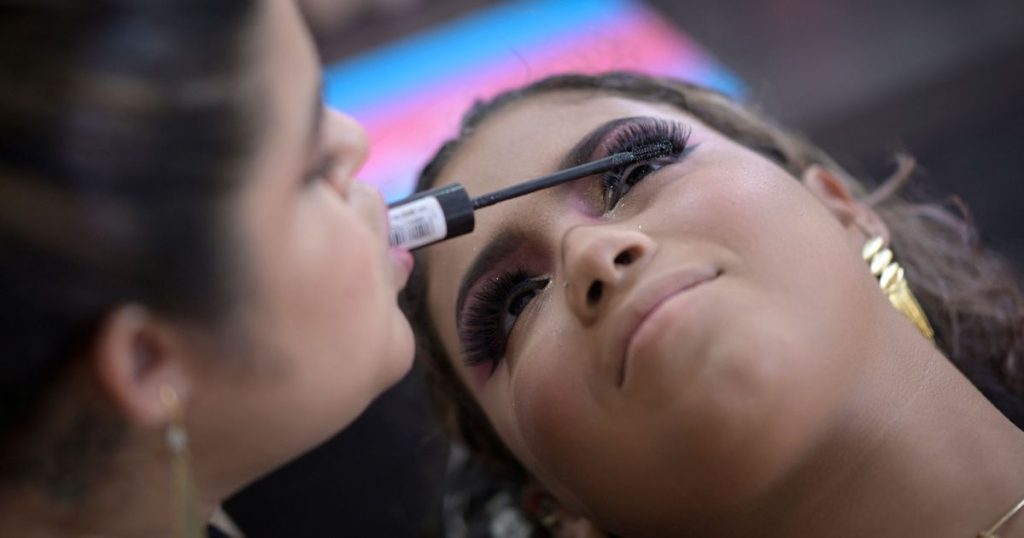The beauty industry has historically lacked diversity and representation when it comes to race, skin color, gender, body type, and ability. Ableism has been a significant issue in the industry, with disabled individuals being excluded from mainstream beauty campaigns and conversations. As a disabled woman who has longed for representation in the beauty world, the lack of disabled beauty content creators is disappointing. While social media has helped encourage inclusivity by providing platforms for talented individuals, the industry is still struggling to address ableist norms and assumptions. Excluding disabled people from beauty representation hinders their ability to see themselves as beautiful and loved, highlighting the need for more inclusivity.
In a small step toward inclusion, some beauty brands have released products like flexible brushes and motorized lipstick applicators to make makeup more accessible to disabled individuals. Additionally, amplifying the voices of disabled leaders in the field is crucial for representation and inclusion. Several disabled makeup artists have gained popularity on social media by sharing their unique application techniques and love for glam, showcasing where the beauty community and disability community intersect. These artists, such as Clélia Rodrigues, Briel Adams-Wheatley, Paola Garcia, Tess Daly, and Claudia Scanlon, have used their platforms to showcase their talent and challenge societal stigmas against disabilities.
Clélia Rodrigues, a Brazilian makeup artist born with arthrogryposis multiplex congenita, uses her mouth to hold makeup brushes and create stunning looks. Briel Adams-Wheatley, who was born without arms and legs due to Hanhart syndrome, positions her brushes between her shoulder and a table to apply makeup. Paola Garcia, who has cerebral palsy, finds creative ways to apply makeup while sharing her daily routines on social media. Tess Daly, a style influencer with spinal muscular atrophy, is open about receiving 24/7 care as a disabled person, challenging the stigma around caregivers. Claudia Scanlon, who was born with epidermolysis bullosa, has fragile skin and fused fingers but has pursued a career as a makeup artist despite struggles to find full-time employment due to ableism in the industry.
Despite facing challenges and negativity, these disabled makeup artists have built supportive communities and gained followers by showcasing their talent, creativity, and perseverance. By sharing their stories and unique application techniques on social media, they are amplifying the voices of disabled individuals in the beauty industry and challenging stereotypes. While progress is being made towards inclusivity, there is still a long way to go in addressing ableism, promoting representation, and creating a more diverse and inclusive beauty industry. With continued efforts to amplify disabled voices and challenge societal stigmas, the beauty industry can become a more welcoming and inclusive space for individuals of all abilities.


